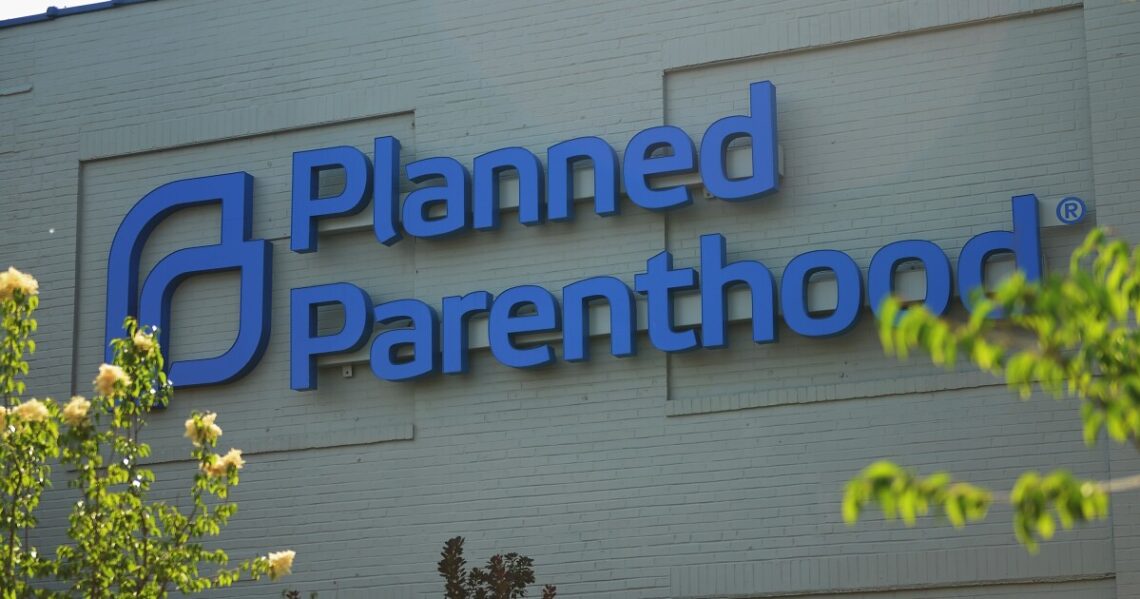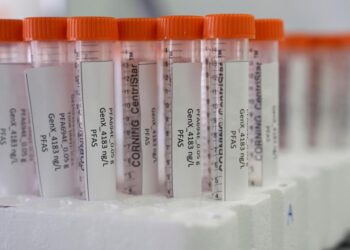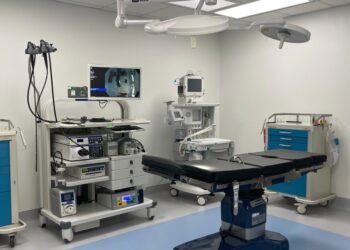A year ago this week, the Supreme Court overturned the constitutional right to abortion, and since then, more than a dozen states have banned abortion. Dozens of reproductive health clinics have shuttered, and hospitals and doctors that used to provide abortions have stopped.
During the same time, some states have strengthened abortion rights and new clinics that offer abortions have opened – some of them strategically placed in cities that border states with abortion bans.
Still, as these maps show, access to abortion care declined dramatically in the United States. Caitlin Myers, an economics professor at Middlebury College in Vermont, collects the data on abortion access that informs these maps.
Just a year ago, “less than 1% of the U.S. population was more than 200 miles from a provider and the average person was 25 miles from a provider,” she explains. As of April 2023, she says, 14% of the population is more than 200 miles from the nearest abortion facility, and the average American is 86 miles from a provider.
Myers has been working in this field for almost 20 years. “I came to it as a labor economist interested in gender differentials in labor market outcomes,” she says. “You cannot study gender differences in labor market outcomes without studying the effects of family formation and childbearing on women’s careers, and you can’t study family formation and childbearing without studying reproductive policy.”
“Distance prevents a lot of people from reaching providers,” says Myers, oftentimes because they lack the money for travel, child care, and they can’t afford to miss work and lose wages.
Myers points to surveys of abortion…
Read the full article here







